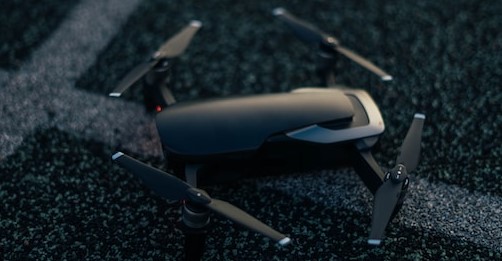Drone Security: Safeguarding the Skies
In recent years, drones have become increasingly popular, finding applications in various industries such as photography, agriculture, delivery services, and even recreational use. These unmanned aerial vehicles (UAVs) have undoubtedly revolutionized many sectors, offering convenience and efficiency like never before. However, as their numbers soar and their capabilities expand, concerns about drone security have also emerged. Ensuring the safe and responsible use of drones is essential to prevent potential threats and protect privacy. In this blog post, we will explore the importance of drone security and highlight key measures to safeguard the skies.

- Privacy Concerns
One of the primary concerns associated with drones is privacy infringement. With their ability to capture high-resolution images and videos, drones can potentially invade people’s privacy, both in public spaces and private properties. To address this issue, strict regulations are necessary, along with technologies such as geofencing, which establishes virtual boundaries to prevent drones from entering restricted areas.
- Unauthorized Access and Hacking
Drones are essentially flying computers, equipped with advanced onboard systems and communication technologies. However, these very features make them vulnerable to hacking and unauthorized access. Malicious actors could exploit security loopholes to gain control of drones or intercept the data they transmit. Encryption protocols, secure authentication mechanisms, and regular software updates are crucial to protect against such threats.
- Counter-Drone Measures
As drones become more prevalent, the need for counter-drone measures also arises. Unfortunately, some individuals may misuse drones for illegal activities, including smuggling, surveillance, or even carrying out terrorist attacks. To combat these threats, authorities and organizations are exploring various counter-drone technologies. These range from radio frequency jammers and lasers to more sophisticated systems that can detect, track, and neutralize rogue drones.
- Air Traffic Management:
As the number of drones in the airspace increases, it becomes vital to establish efficient air traffic management systems. Without proper regulations and monitoring, drones could collide with each other, manned aircraft, or critical infrastructure. Implementing strict flight rules, integrating drones into existing air traffic control systems, and employing technologies like radar and transponders can help prevent accidents and maintain airspace safety.
- Education and Responsible Use:
Promoting education and responsible use of drones is essential for enhancing overall security. Drone operators should be aware of the rules and regulations governing their operation, including obtaining necessary licenses and permits. Additionally, understanding the risks and potential consequences of misusing drones can encourage responsible behavior, reducing the likelihood of security breaches or accidents.
Conclusion
Drone security is a critical aspect that requires attention as the use of drones continues to grow. Ensuring privacy, mitigating hacking risks, implementing counter-drone measures, and establishing efficient air traffic management are key factors in safeguarding the skies. With proper regulations, advanced technologies, and responsible use, drones can continue to contribute positively to society while minimizing potential security threats. By prioritizing drone security, we can embrace the benefits of this technology while maintaining safety and privacy for all.
In recent years, drones have become increasingly popular, finding applications in various industries such as photography, agriculture, delivery services, and even recreational use. These unmanned aerial vehicles (UAVs) have undoubtedly revolutionized many sectors, offering convenience and efficiency like never before. However, as their numbers soar and their capabilities expand, concerns about drone security have also…
